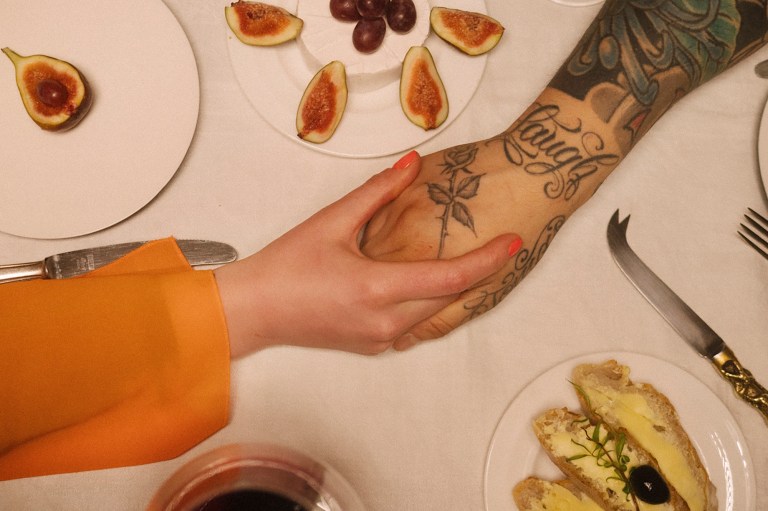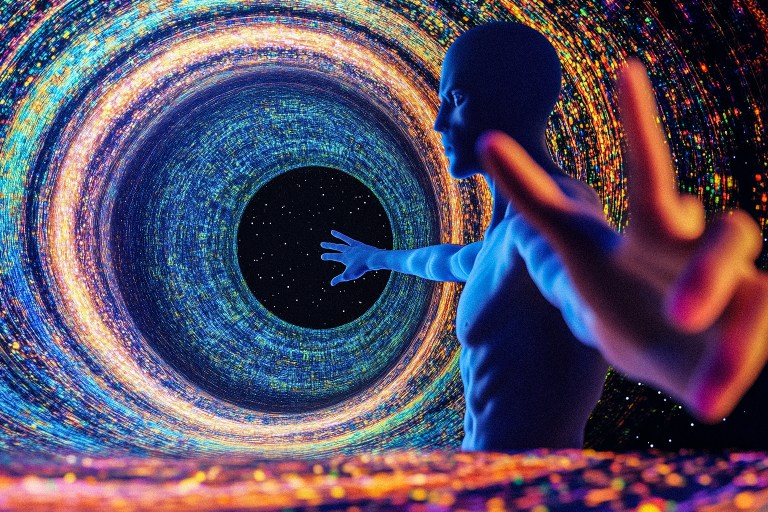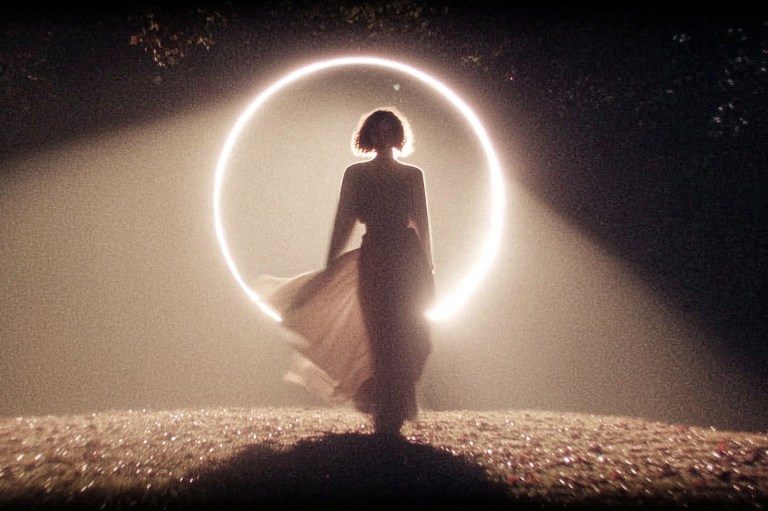
There Are 6 Types of Relationships: Which One Is Yours?
You should find some of the answers using the framework of the 6 relationship types in this article.
You should find some of the answers using the framework of the 6 relationship types in this article.

There is an easy way to explain why you are in love, how strong or weak your relationship is, what will make it last, etc.: look inside yourself, then do the same exercise by imagining yourself as your partner and dealing with his/her issues. You should find some of the answers using the framework of the 6 relationship types in this article.
Some of us are happy with what we are doing, with the direction we are taking and the goals we have set for ourselves. Others are uneasy and look for some way to turn their lives upside down and start something new and exciting. Yet others don’t even know what goals they should set for themselves or what direction their lives should take. Relationships are the main provider of the emotional energy you need to accomplish your goals, transform yourself or define goals for yourself; that is why they vary depending on your own needs.
Those who have a clear path and vision, with a high degree of resolve, will tend to look for one of the following two types of relationships:
1. The Asset:
In an asset relationship, your partner is a key factor in helping you achieve your goal. For example, a guy who works to support his wife who is going through law school is an asset to her. A trophy wife or husband who show off their partner’s success and opens social doors for him/her are assets. A couple running a small business together forms an asset relationship: Each one is essential to the other’s success. A household is also a partnership, so if you are able to complement each other in a way where each partner values the other’s contribution, you are in an asset relationship. The asset relationship is the strongest, most durable type of relationship. If you love someone deeply and want the relationship to last forever, make sure you are an asset to that person.
2. The Anchor:
No matter what your path is and how much help you need, you will always need a companion. Your anchor is someone you feel comfortable with, someone you want to share most of your experiences with, someone you can confide in. Being close is what characterizes an anchor relationship. Because most assets are also anchors, this category probably represents more than 90% of long-term relationships. It is not as strong as the asset relationship, so if you’re looking for improvement, try to upgrade yourself to becoming an asset.
As we said before, not all of us accept the path we are given without question. Some of us downright want to rebel against it and change it, while others are just weary of it. The following two relationships types tend to thrive in uneasy environments:
3. The Game Changer:
This is where the relationship is a means through which to move from one world to another, a passage point that gives you the cover and energy to make drastic transformation in your life. King Edward VIII abdicated the throne of England to marry Wallis Simpson, an American divorcee he had fallen in love with. I would argue that, deep inside himself, Edward VIII did not particularly relish the thought of becoming a king, so Wallis Simpson was his game changer: In addition to the pretext for abdicating, she gave him the emotional strength to go through this enormously taxing process. While game changer relationships are the most intense, they face the danger of becoming irrelevant once the change process is complete. The challenge is therefore to convert to another form of relationship later on, such as becoming an anchor or an asset.
4. The Escape:
Just as we all need companionship, we all need, from time to time, an escape from our daily life. Escape comes in many forms: It could be a vacation in the Caribbean, a good movie, or a weekly outing with friends. In extreme cases, escape can take the form of addiction to drugs or alcohol. In other cases, a relationship can represent an escape, whether from stress at work, general discontent, or even another relationship. The escape relationship is usually temporary and therefore short-lived, but it can grow to become a game changer or an anchor.
A third group among us has not decided about what shape their life will take and what kind of goals they will be setting for themselves. This final group is attracted to the following relationships:
5. The Experiment:
When you haven’t formed a conviction about what your future will look like, you are naturally inclined to talk to a lot of people and try to compare notes and experiences. It makes sense that your relationships would be light, entertaining, and short-lived. They represent a chance to experiment or explore, with or without an ulterior goal as to the possible future of the relationship. In this kind of relationship, commitment is scarce and, if available, is not very dependable. The relationship can evolve into something more, but it would require both partners to first review and understand their own life priorities.
6. The Project:
In this relationship, one of the partners has found his/her life calling in making sure the other partner achieves a certain status or goal. A female tennis player’s husband who is also her coach would be such an example. The wife who has put her husband through medical school and later devotes her life to helping him build a successful medical practice is another. This is a very difficult relationship because it is not symmetrical: It is always the same person who gives and the other person who receives. In this relationship, there is a real danger that the person who receives all of the attention will feel smothered and want to leave, leaving the other with a meaningless life and subsequently depressive or abusive.
As you have seen in the last example, you should bear in mind that relationships are not always symmetrical: If Joe is going out with Kelly, Kelly could be Joe’s escape relationship, while Joe could be Kelly’s anchor. It is important for you to understand both what you are to your partner and what your partner is to you.
Finally, you should also keep in mind that one person can represent multiple things to her partner: She can be an asset, but also an anchor, and sometimes an escape. The richer and more complex the relationship, the stronger and more durable it is. ![]()











